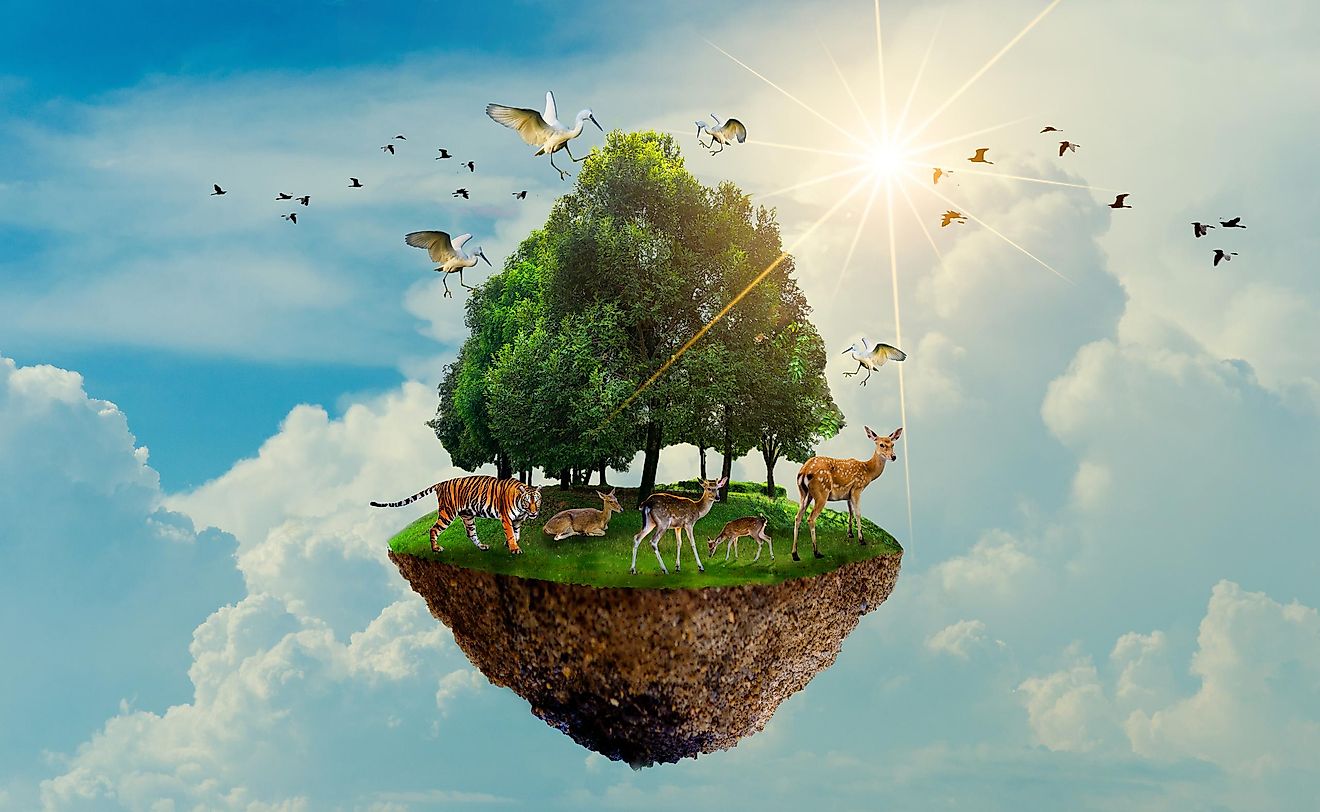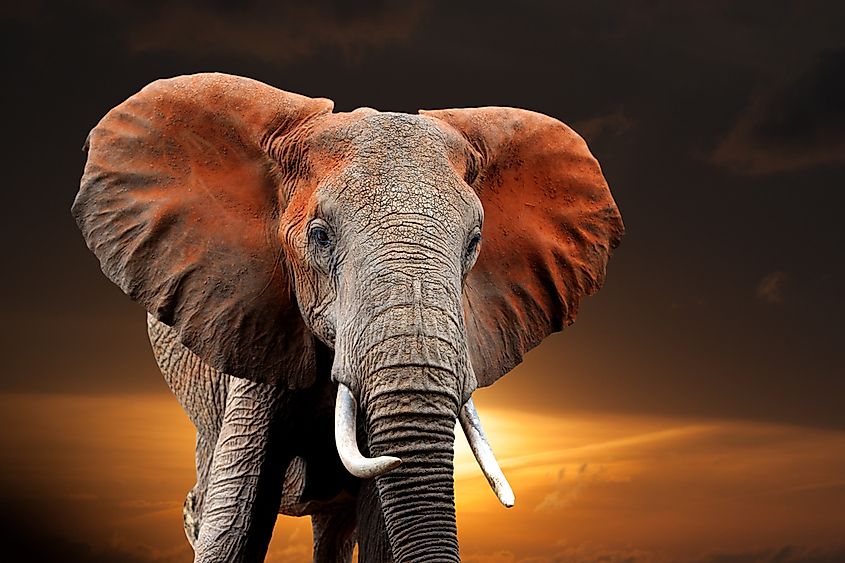What Is The Goal Of Wildlife Conservation?

Have you ever imagined what it would be like if the future generations would not be able to experience nature the same way you did? What if the remaining animal species went extinct, and their habitats destroyed? Would your children, grandchildren have anything left to admire? How would our world look stripped to it's bare-bones, without the forests and animals that make it what it is?
The goal of wildlife conservation is making sure that it does not happen.
Biggest Threats To Wildlife
Habitat destruction is one of the biggest threats wildlife species have to face today. Because of industrial reasons, humans are exploiting nature's resources at the cost of clearing and destroying natural habitats; deforestation, urbanization, and mining progressively lower the number of homes for the wildlife on our planet. Fragmentation of habitat can break up and divide large populations of species, and it is all primarily caused by humans. Humans destroy forests and reduce the resources wildlife needs to survive and preserve itself, making it all more likely for various species to go extinct or be in direct conflict with places where there is human life.

Poaching wild animals is also a significant threat to certain species. Some animal species have an economic and commercial value due to their endangerment or exotic elements. Reptiles and birds are often held in captivity, while elephants and tigers experience an even deadlier treatment. Elephant tusk trade is not only a motif for the dramatic reenactments of hunting in Hollywood movies, but it is also a reality that is destroying an already small population of animals. Humans are killing animals all over the planet for their fur, bones, teeth, and skin.
Pollution is also one of the most harmful ways we affect wildlife. Burning fossil fuels pollutes the air we breathe, spraying pesticides can kill certain plant species, and the garbage we recklessly throw all around us ends up being consumed by both land and sea animals.
What Can We Do To Help Preserve Wildlife?
Wildlife conservation goals incorporate all of the mentioned issues and many others before the worst happens and before we reach a point of no return. The goal of wildlife conservation is to make the wildlife rebound towards a more manageable, survivable, and healthier level of biodiversity. With the implementation of land management reforms and more involvement from the governments, conservation aims to salvage the world around us that is progressively disappearing. For example, wildlife conservation in the United States receives its funding from the federal budget, state grants, and different conservation programs.
A significant amount of financial help also comes from selling licenses for hunting and fishing, as well as taxes from the purchase of hunting equipment. Wildlife population monitoring is also one vital part of wildlife conservation. Monitoring population of various animals can gather information such as genetic diversity and population density. Managers of such projects can then enquire about the status of endangered species and evaluate the effectiveness of different management strategies employed.











